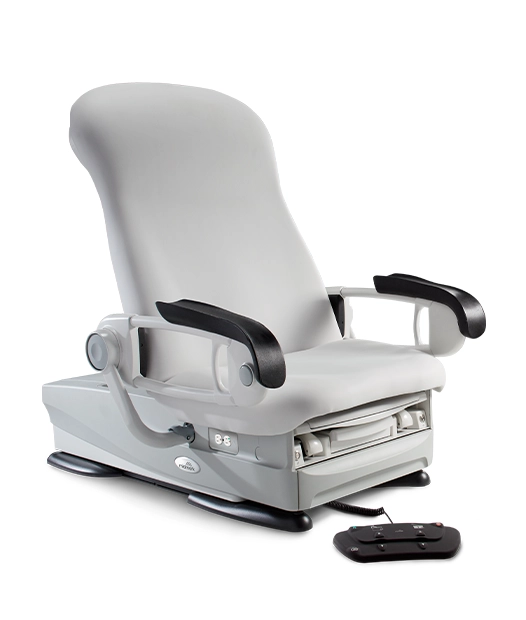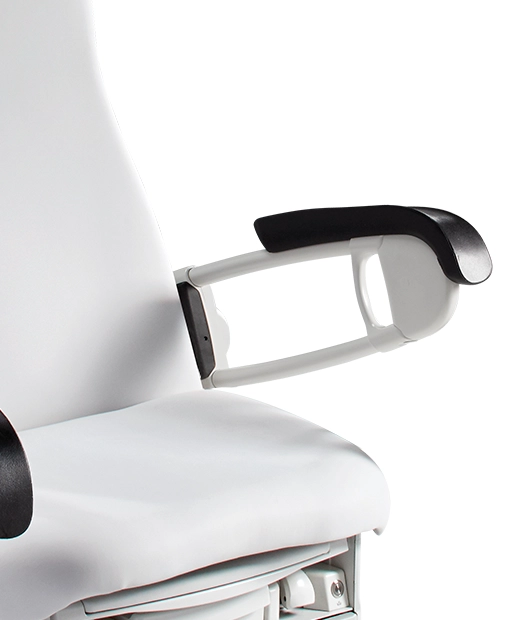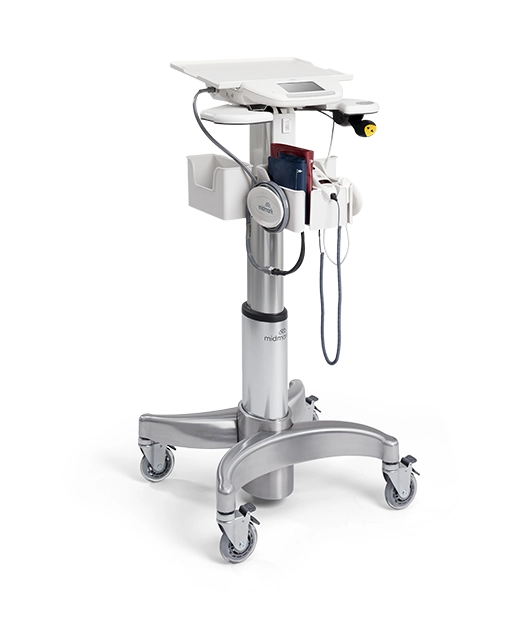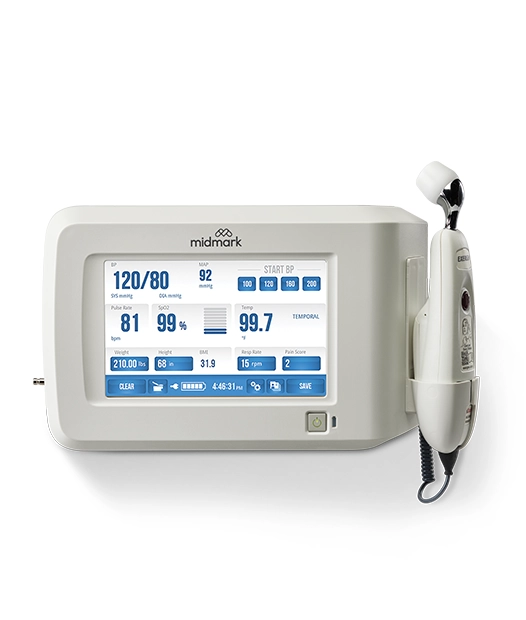Additional Resources
Better care doesn’t happen by chance—it happens by design. Explore the research behind our designs.


















Synthesis® Cabinetry Catalog

Rethinking the Exam Room - AIA Credit
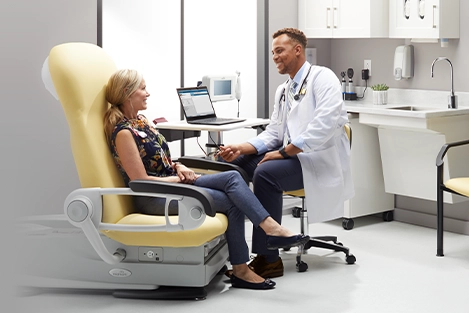
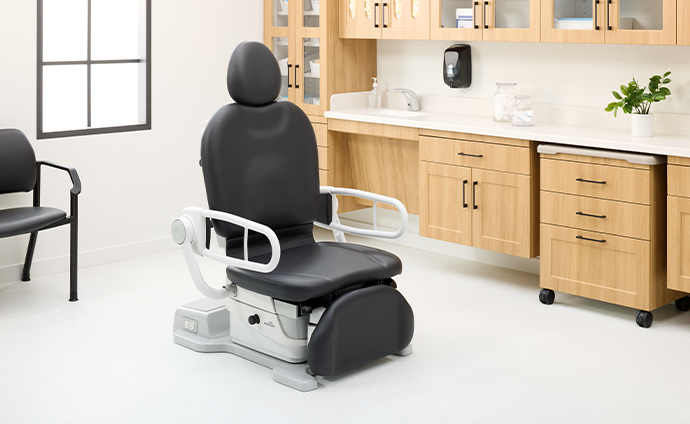
The right procedure room equipment can make a crucial difference in both patient outcomes and caregiver safety. Particularly for patients...














Want to stay current with Midmark Medical research and news?

Midmark designed the first and only fully integrated point of care ecosystem that has been clinically validated to achieve improved accuracy for a resting BP.
Scroll to see how Midmark can help
Proper patient positioning can lower BP readings by 7 mmHg systolic and 4.5 mmHg diastolic, helping prevent misclassifying millions with hypertension. The Midmark 626 Barrier-Free® Exam Chair with Patient Support Rails+ supports AHA-recommended patient positioning, with a low seat height for feet flat on the floor and rails that support the arm with cuff at heart height.
What if correct patient positioning could help prevent millions of patients from being misdiagnosed with hypertension? Read the study that supports it.
Automated vital signs acquisition minimizes human error and the whitecoat effect—making AOBP the preferred method for accurate BP readings. Midmark IQvitals® Zone™ is the first device to embed a SPRINT protocol with AHA positioning guidelines for greater consistency.
Capture vital signs from within your trusted EMR—vital signs data flows automatically to the patient chart, improving workflow and accuracy. Explore our EMR partners or begin your new partner registration, here.
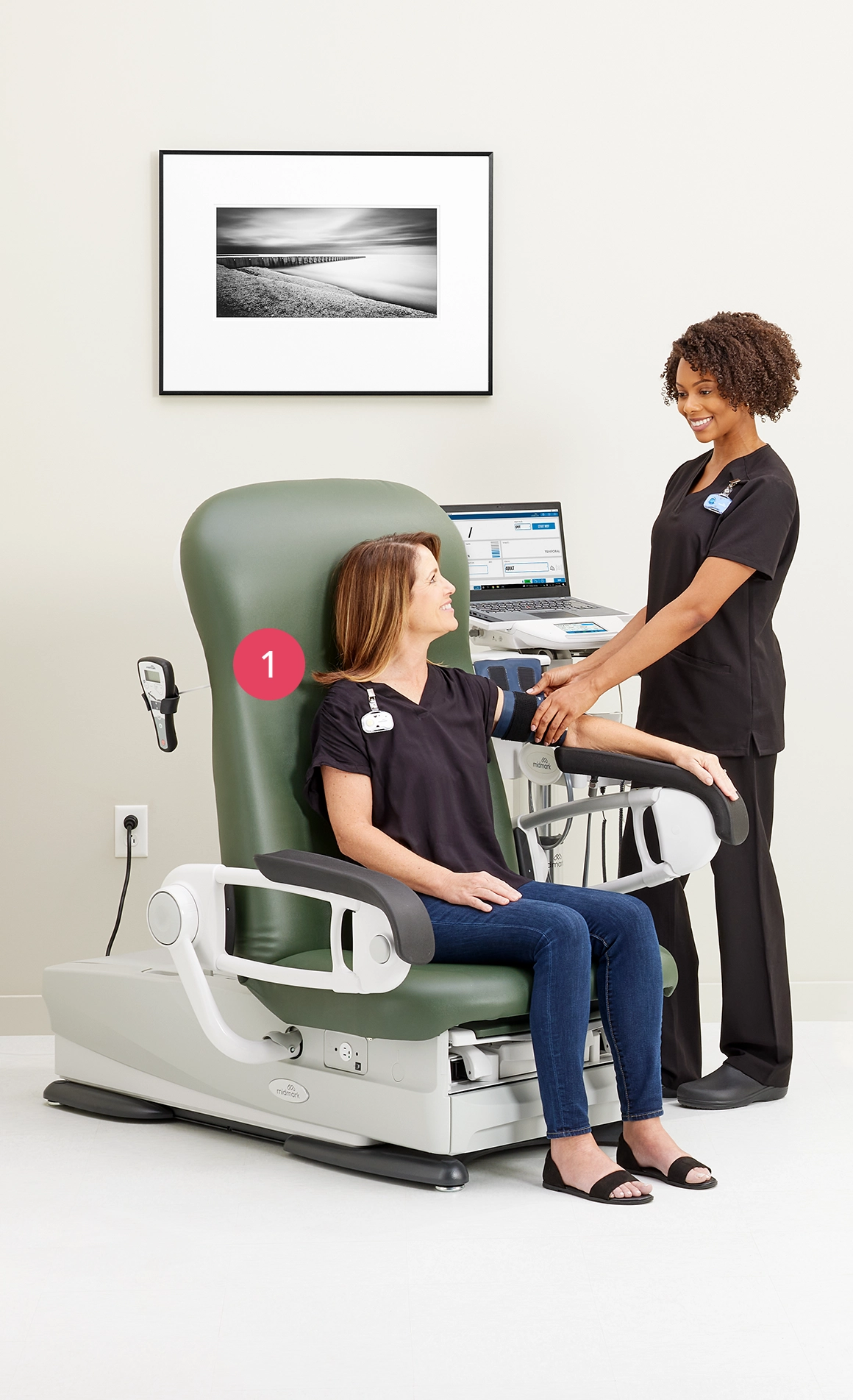
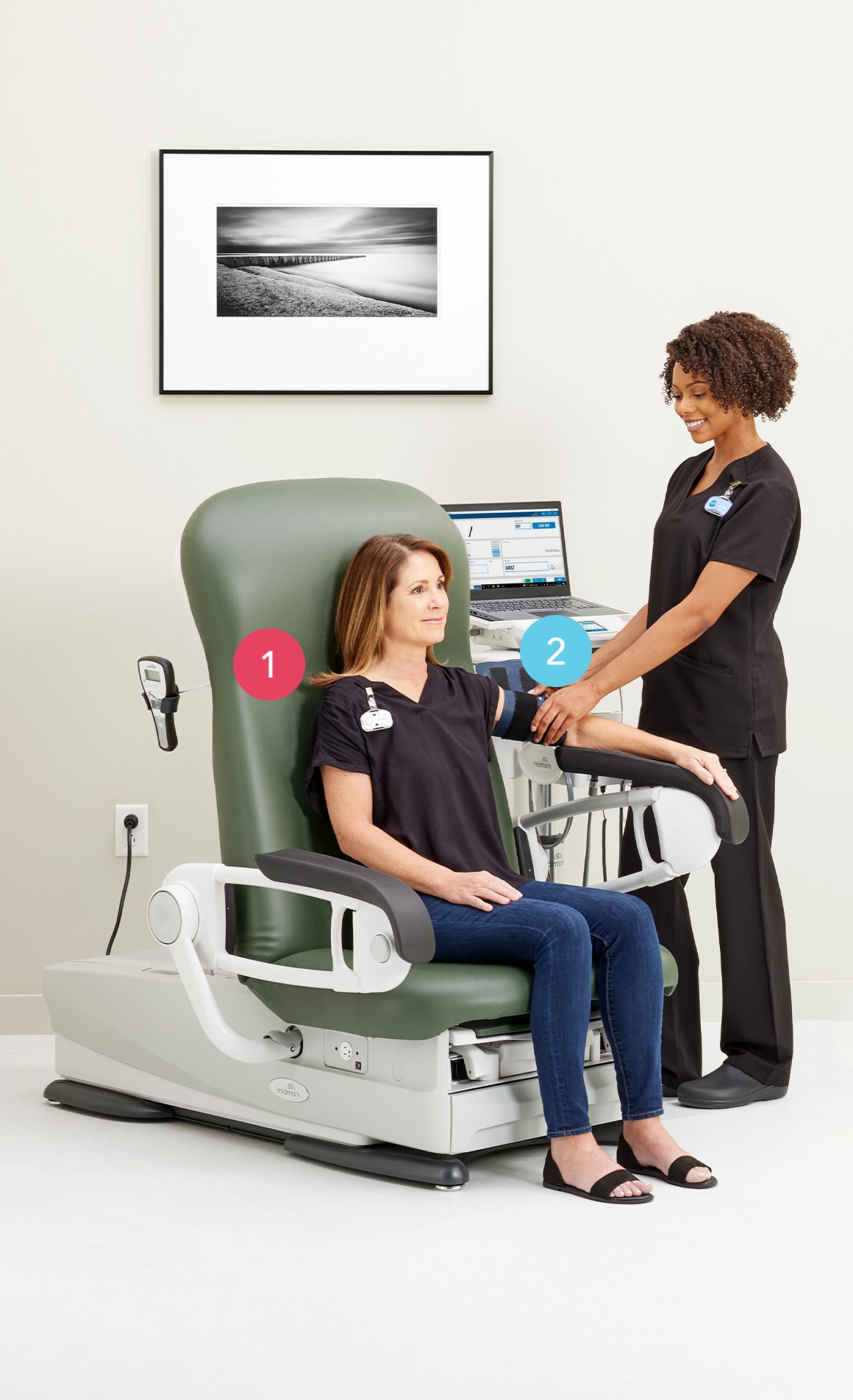
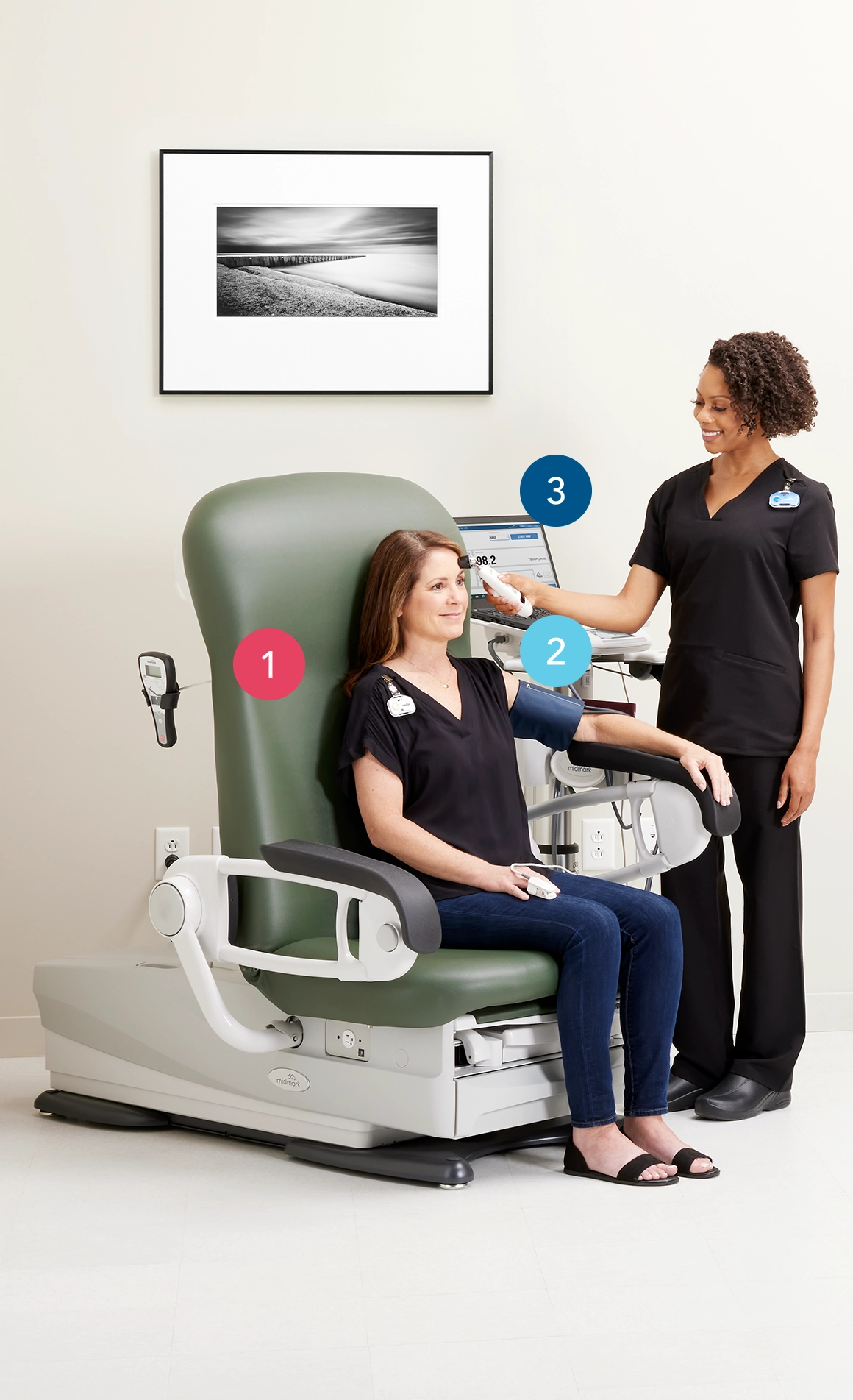
Hear from our clients about how the Midmark design approach has transformed their facilities.
When it comes to care management and our patients, it is important we have accurate blood pressure measurement. The Midmark 626 Barrier-Free® Examination Chair with Patient Support Rails+ helps ensure proper participant positioning for that accuracy. Getting an accurate reading the first time eliminates the need to do a second reading, which saves valuable time during the patient visit.
"Better care doesn’t happen by chance—it happens by design. Explore the research behind our designs.

